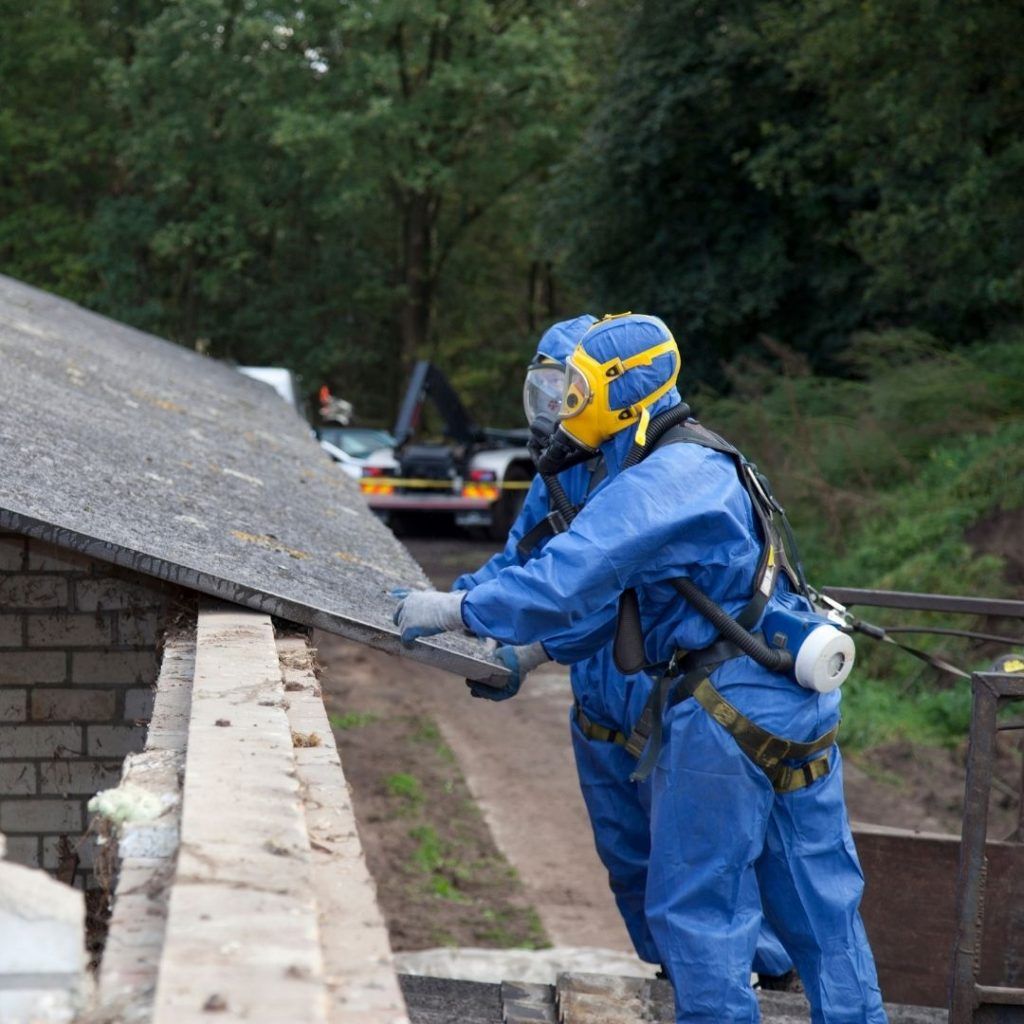

History of Asbestos in Australia
In today’s article, we look at the history of asbestos in Australia, including the WW2 boom, the Wittenoom tragedy, and the ongoing legal battles with construction material magnate James Hardie.
The history of asbestos
After WWI, Australia experienced a housing boom and needed strong, fire-resistant building materials that were easy to manufacture and install – and if it was cheap, that was even better. This was when asbestos was first used, as construction companies soon realised the material was extremely durable and cheap to source. Asbestos sheeting or ‘fibro’ as it was commonly called, was used in everything ranging from interior and exterior sheeting, to roofs, fencing, insulation and more.
Fast forward to the second world war and asbestos sheeting found its way into more homes, being installed in roughly 20% of houses in the following decades. Though the 1980s saw a significant dip in constructing homes with fibro, as brick homes became more desirable, asbestos was still frequently used in ceilings and walls.
So prolific was asbestos during the 50s to 80s that Australia reports having the highest per capita use of asbestos in the world, with the asbestos mine in Wittenoom averaging 600 tonnes a year between the 1940s and 1966.
The history of asbestos: Wittenoom mine
Known as ‘Australia’s Chernobyl’, Wittenoom was the largest asbestos mine in Australia and the only supplier of blue asbestos – which we know now is the most dangerous kind of asbestos. Now a ghost town, Wittenoom was a mecca for asbestos use, with reports that the town was completely blanketed with the dust. One of the most haunting images of Wittenoom shows two toddlers playing in a pile of asbestos dust, with reports the two boys pictured died in their 30s from asbestos-related mesothelioma. Of the 20,000 residents the town saw over the years, over 2000 have died. So deeply entrenched was the asbestos that the town was eventually shut down completely in 2007 and removed from the Western Australia map.
James Hardie Asbestos history
Aside from the tragedy at Wittenoom, one of the biggest names associated with prolific asbestos use is James Hardie. It’s reported that the construction manufacturer had moved to Melbourne in 1888, where he originally established a leather tanning business. As the business grew larger and diversified in its products, Hardie travelled around the world learning of new materials, which is when he stumbled upon asbestos use in London in 1903. This caused the Hardie company to quickly become one of the world’s largest manufacturer of asbestos-containing materials, seeing a boom in asbestos use in homes Australia wide.
Though it would take decades before Australia cracked down on asbestos use altogether, it was argued that the Hardie company knew of the dangers as early as the 1960s and failed to warn workers of the dangers. This caused the company to set up the Medical Research and Compensation Foundation (MRCF) for victims, with claims set to reach $1.55 billion over the next 40 years. The James Hardie asbestos fund has since increased to $4 billion, as more and more asbestos-related illnesses and deaths emerge.
The decline of asbestos
The use of asbestos began to decline in the 1980s and all importation and exportation were phased out by 2003. Despite the dangers of asbestos being known as early as the 1960s, it was still used in construction materials for decades before the complete ban was made. It’s estimated that roughly one million homes still contain asbestos, and homeowners are urged to have their homes checked if it was built before 2003 – and especially if it was built before the 1980s.
We hope you’ve enjoyed reading about the history of asbestos in Australia. If you think your home may contain asbestos, contact Myers Asbestos Removal today to arrange asbestos testing on your home. You can call us on 0412 314 588 or get in touch online for a free quote if you suspect your home may require asbestos removal services.
